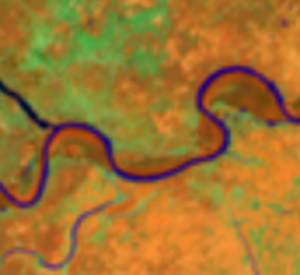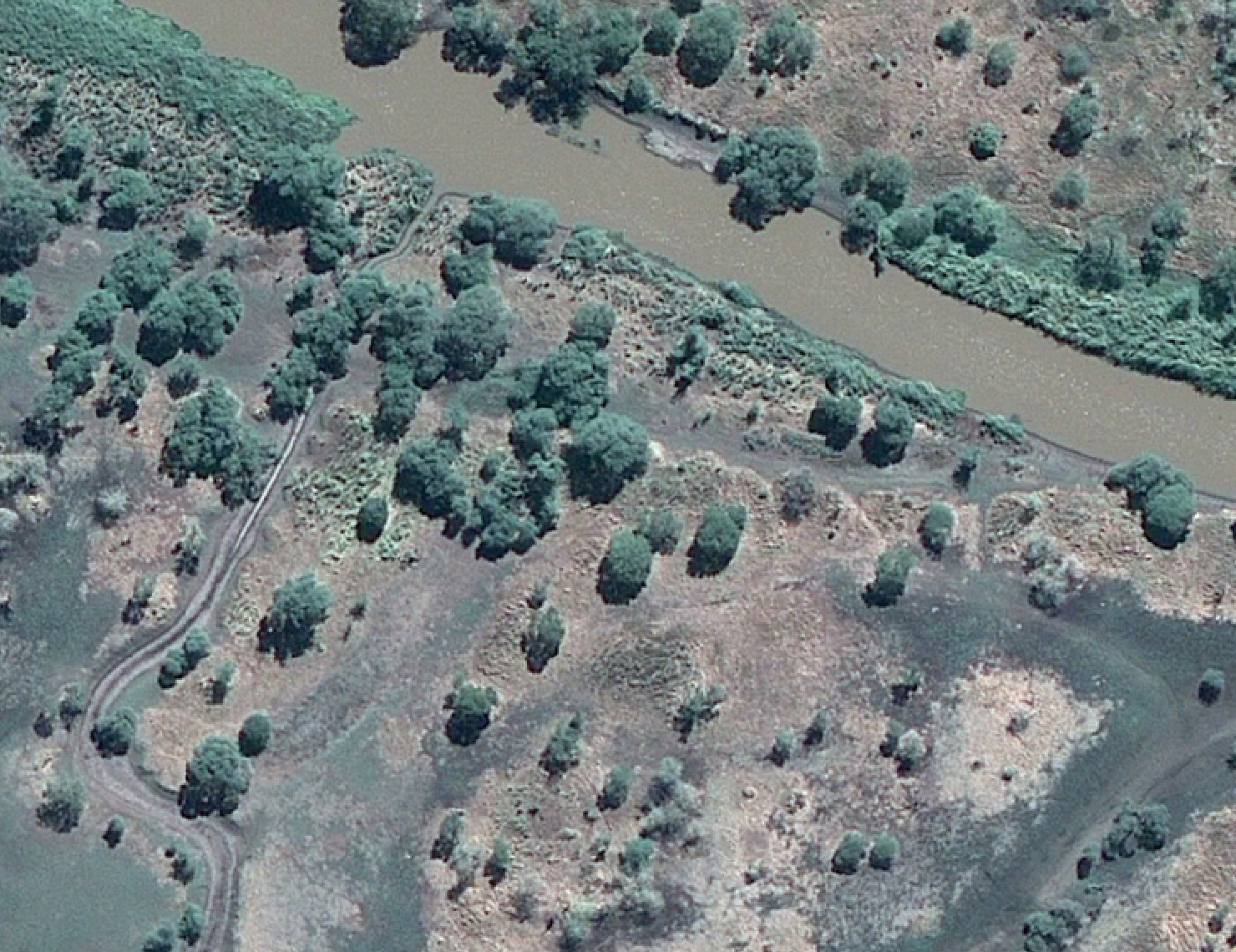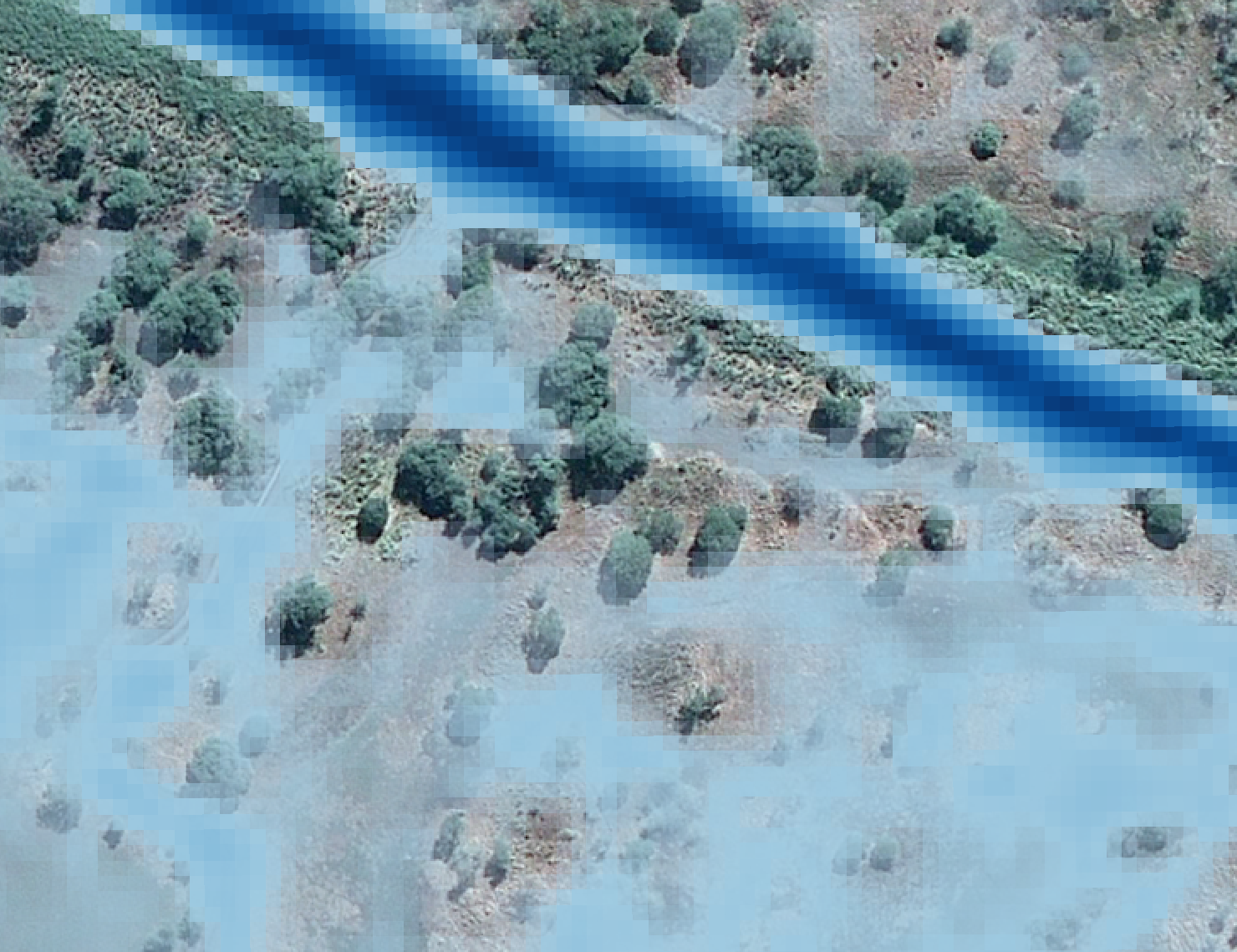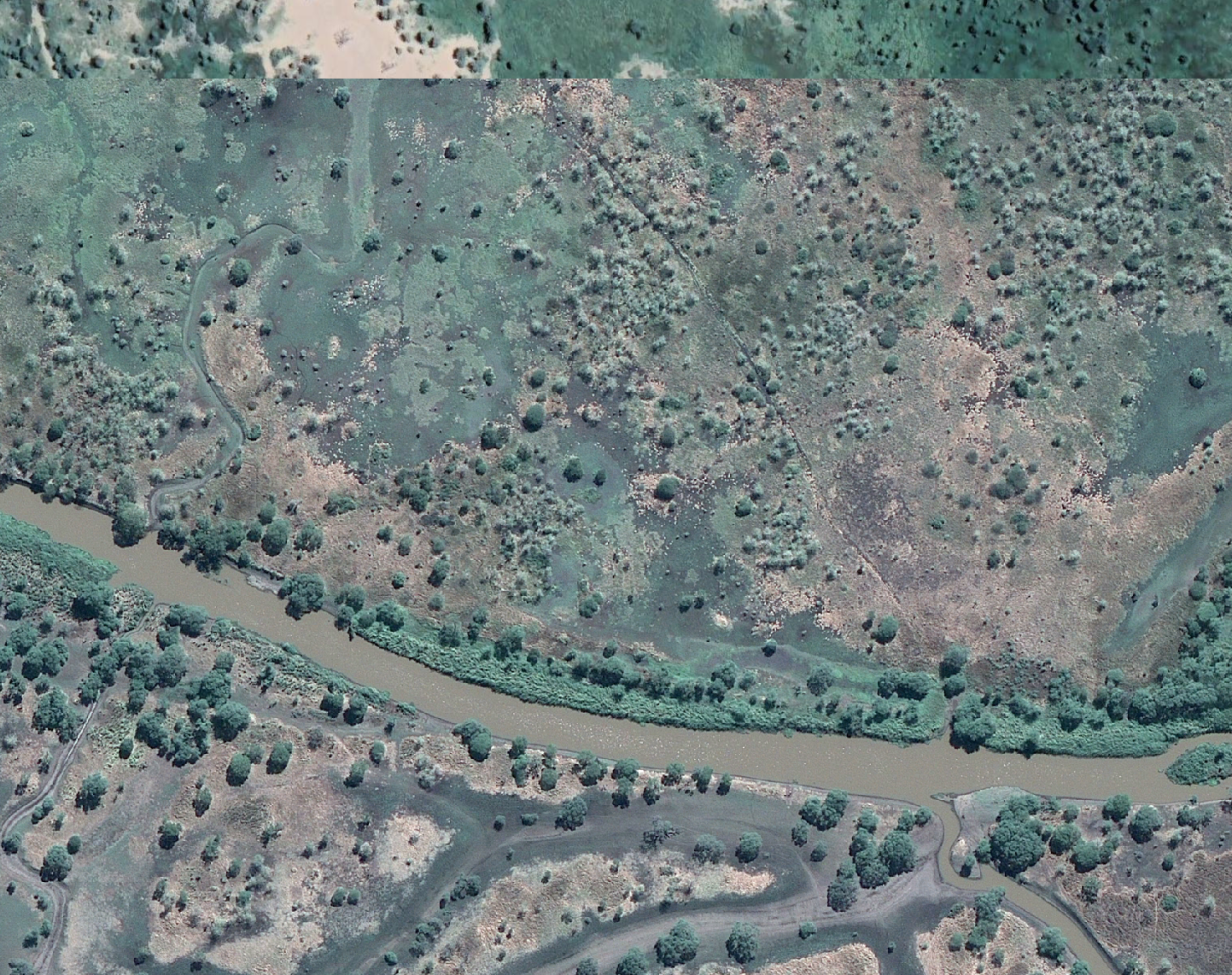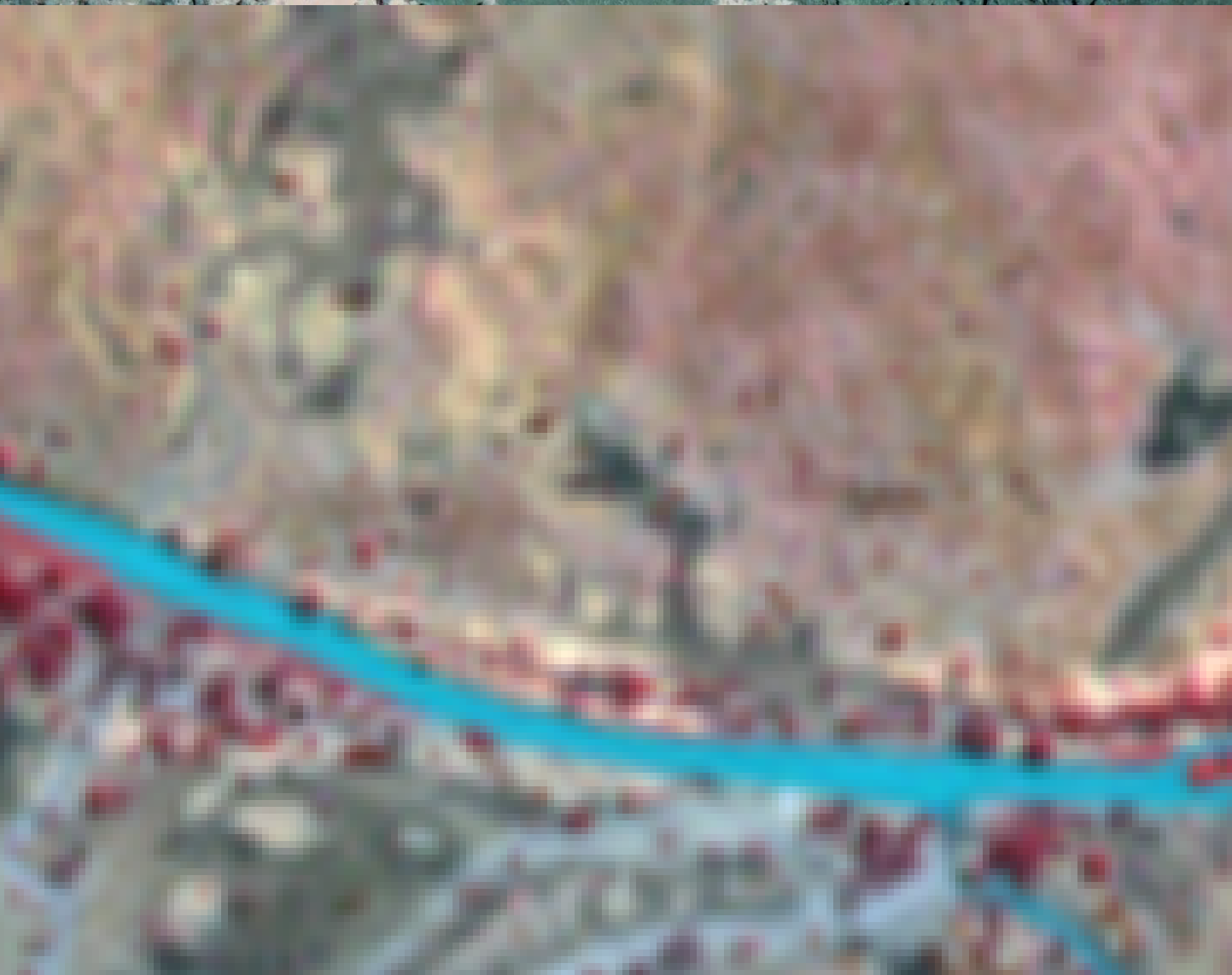Usangu Drainage Monitor
MENU
The newest post and image entries are on top of the page. Scroll from the bottom upwards to follow the flow status timeline of the Ruaha River per location
Alert 3 on September 28, 2023
The drop of the water level in the Ruaha under the level of the branch channel at Nyaluhanga is completed on September 28, 2023. The retreating water from the channel (click for high resolution image) is demonstrated with the sentinel-2 images of August 4 (left image) and September 28, 2023 on the right. The critical drainage flow at Nyaluhanga gauge station with Alert 3 is assumed at 8 cumecs.
Closing in on Alert 3 drainage Usangu Rice Plain
The three images below suggest a water level at the Nyaluhanga Drainage flow station downstream of the Usangu Rice Plain which compares with the Alert 3 levels of 2022 and 2021. On September 18, 2023 the water level in the Ruaha is at some locations (Yellow Circles) below the levels in 2021 and 2022 while other sections of the river seem to hold more water (Blue Circles). This may be explained by changing channels in the river sediments. It is expected that among the upcoming satellite images (September) Alert 3 will be announced.
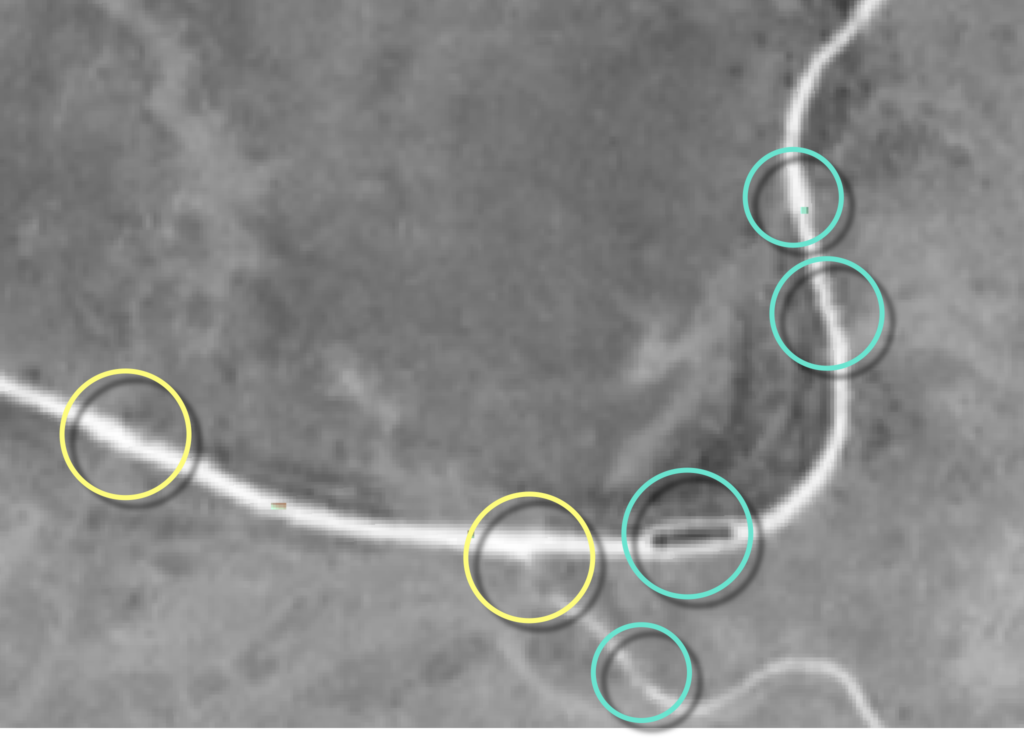
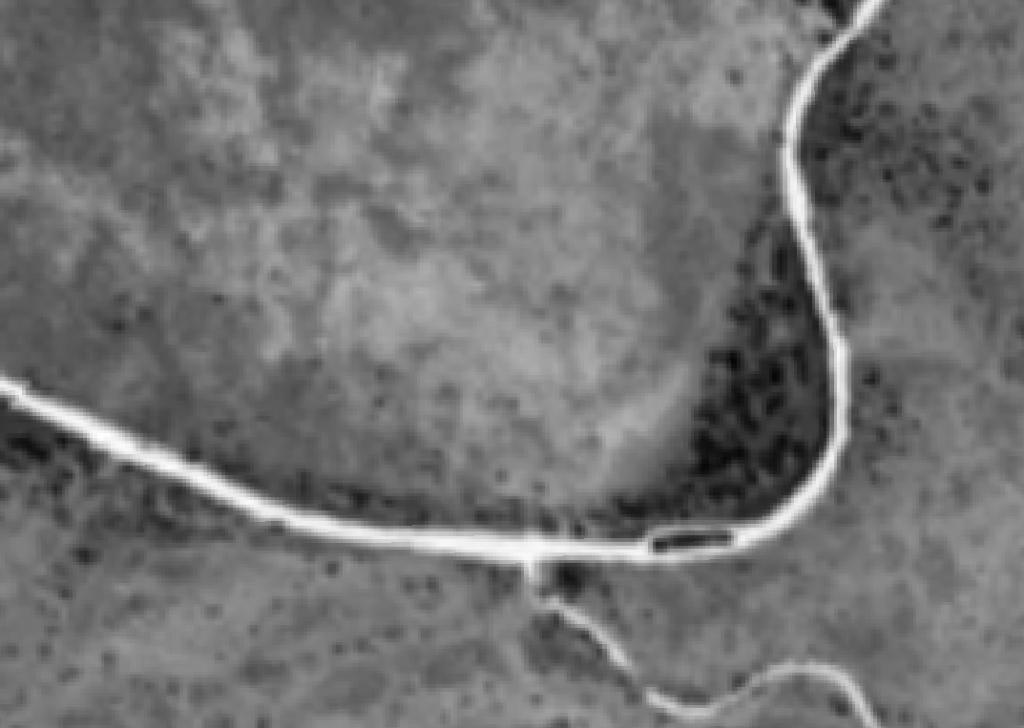
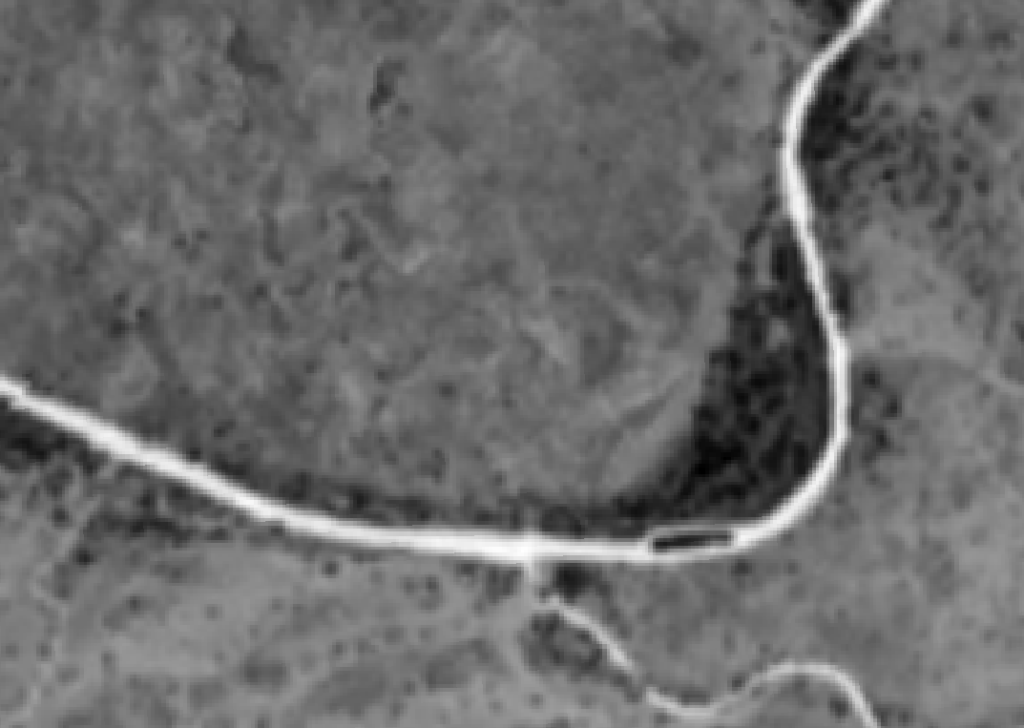
Drainage Great Ruaha at entrance Ihefu Swamp
Comparison of the drainage status of August 31, 2023 with previous years reveals that the Ruaha holds more water this year than at the same time in respectively 2022, 2016 and 2018. The Ruaha river dried in those years at the Park HQ (Msembe), between end of August (2022) end first week of November in 2018. In recent years with more drainage the end of August (2021 and 2020), flow to the Park HQ was sustained until the second week of November. In 2020 the rains in November prevented zero flow.
The actual zero flow in the Park this year will not be later than the first week of November unless radical boosting of the drainage from Usangu Rice Plain is initiated.
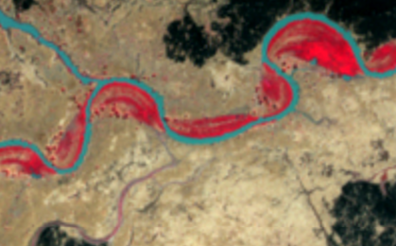
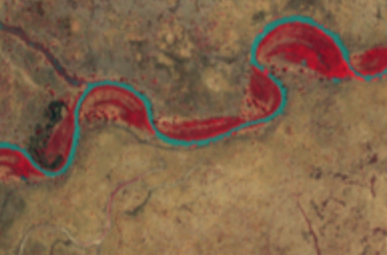
Comparison drainage status end of August 2023 with previous years. The 2020 drainage status at Ihefu was wetter (more flow). No zero flow was recorded (RS) at the Park HQ that year with rains starting in November.
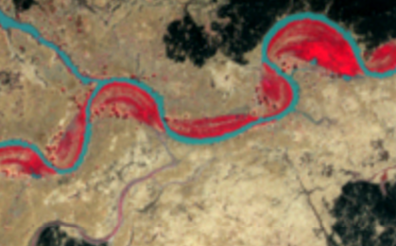
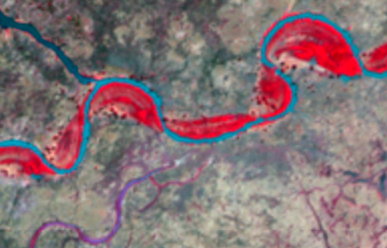
Drainage at Nyaluhanga end of August
Drainage from Usangu Rice Plain update August 29, 2023.

The image slider below illustrates the remote identification (5m/px) of submerged branch canal at Nyaluhanga (Alert 3 threshold). It is assumed that the corresponding water level in the Ruaha River at the time the branches dry, can be related to a critical drainage flow in the range of ~ 8 cumecs. With further drop of the drainage, zero flow at the Park HQ can occur within weeks.
The slider compares the flow status with a dried branch canal (high resolution) with the NDWI composite (Sentinel-2) on August 24, 2023, comparable with the above image of August 29, 2023.
Drainage Usangu Rice Plain not yet critical (Alert 3)
The declaration of Alert 2 on August 26, 2023 moves the focus to the drainage assessment from the Usangu Rice Plain. The adopted critical threshold drainage flow in the Ruaha at the Nyaluhanga gauge station of around ~ 8 cumecs is associated with the drying of a branch channel at Nyaluhanga. The high resolution google earth image of June 25, 2009 reflects this critical flow status. As soon as the branch channel dries Alert 3 is announced.
Under Alert 3 there is very limited time left to address the inadequate drainage from Usangu to the National Park through management interventions. In a matter of a few weeks the river will dry 100km downstream in the Ruaha National Park.
Currently the drainage flow is still above the critical flow associated with Alert 3 as is illustrated by the sliding image below. The flow status is from August 24, 2023.
Comparison Drainage 2023 at Nyaluhanga
The drainage on August 4, 2023 (left) compares to July 11, 2018 as is demonstrated by the two images of the Ruaha River section. In 2018 the period of zero flow at the Park HQ (Msembe) lasted 36 days and started on November 7, 2018.
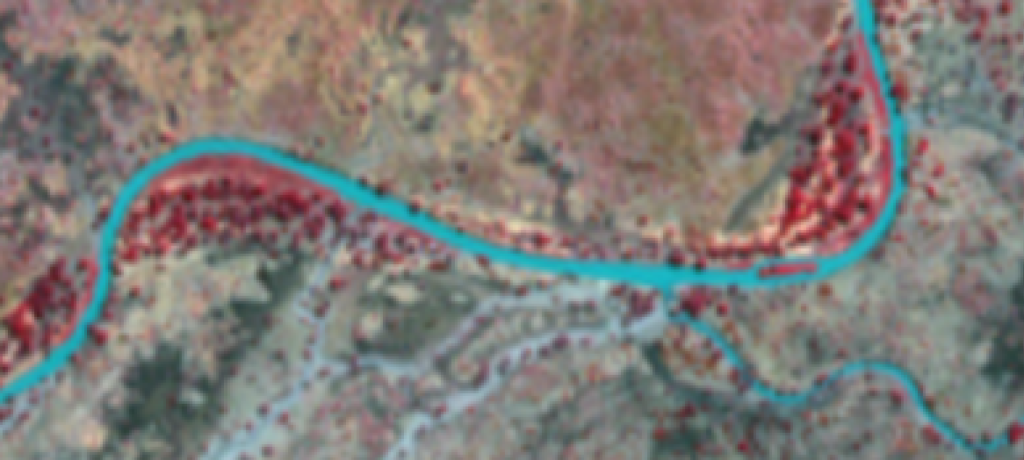
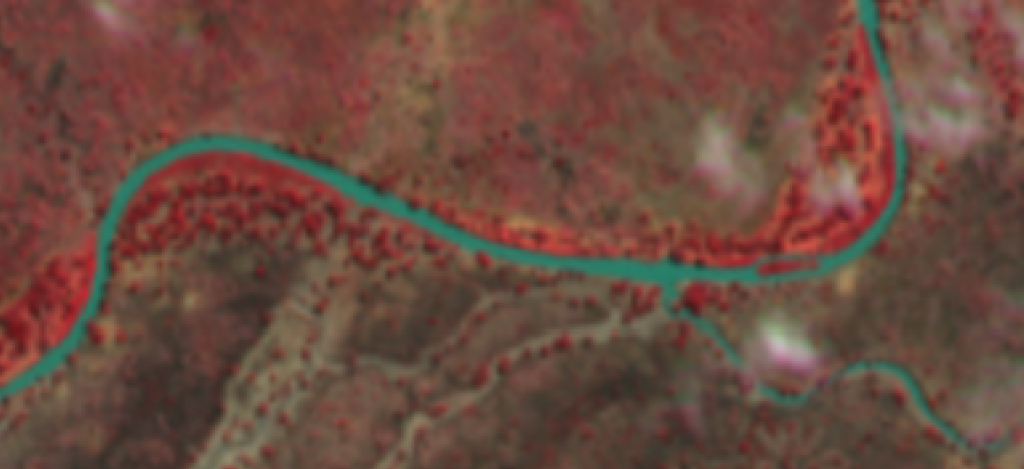
Comparison Drainage 2023 with previous years
Drainage in the years 2016, 2018 and 2020 resemble to more or less extend the 2023 drainage pattern of 2023 into the dry season.
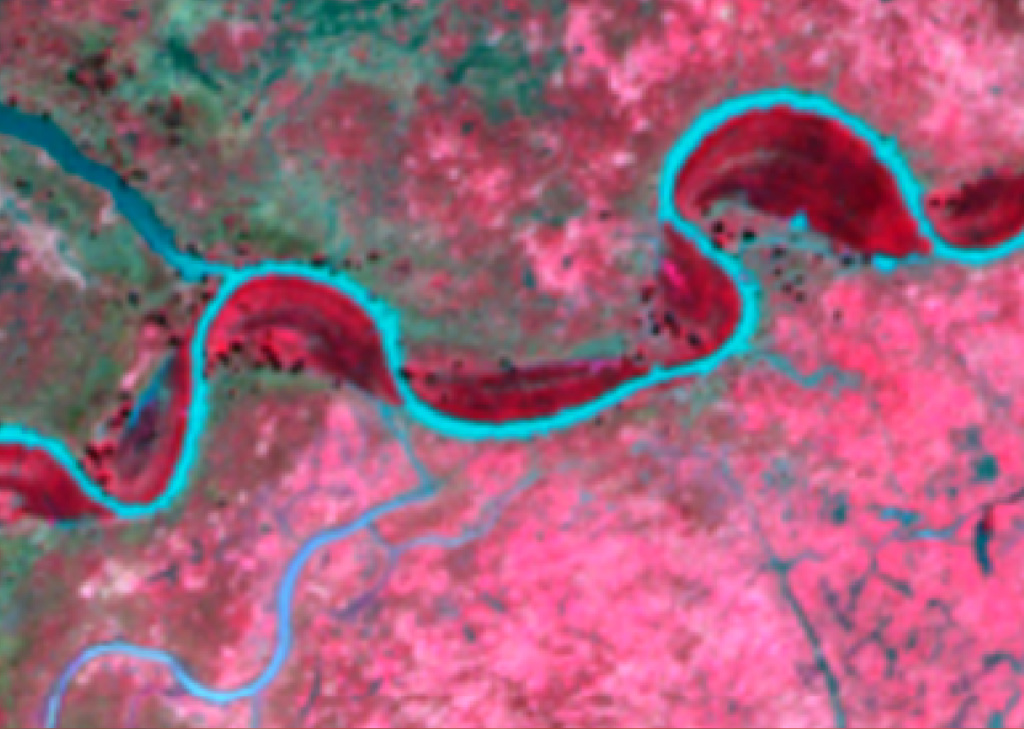
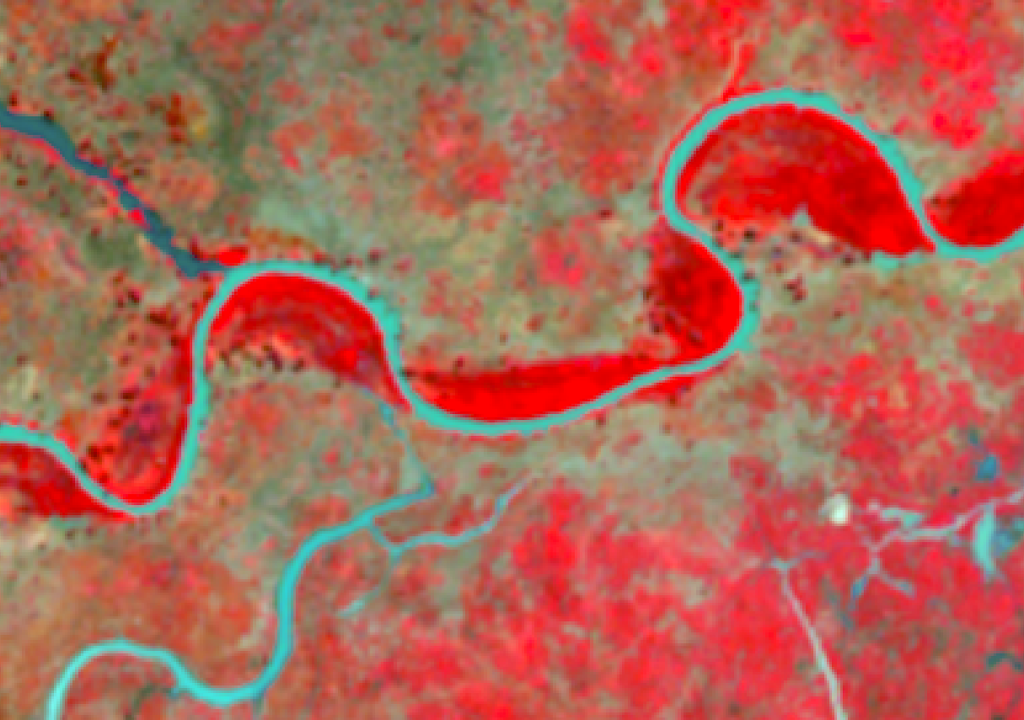
The decline of drainage flow in 2023 is monitored in order to find dry season flow patterns comparable to 2023.
Drainage Monitor since April 4, 2023
Assuming that before 2023 no low flow management interventions programme existed, comparable dry season drainage patterns before the occurrence of Alert 1, may provide some indication of delayed or even absence of zero flow as a result of the programme. The tested method assumes that increased drainage from the interventions as compared to the “non-intervention” drainage of the reference year will be reflected in the comparison of the occurrence of zero flow at the Park HQ in 2023-2024 with the dates of the pre-project reference year.
From early April 2023 onwards the decline of the drainage is monitored and ressembles the dry season of 2018. Also 2016 is comparable but seems to be wetter early June as compared to 2023 June.
